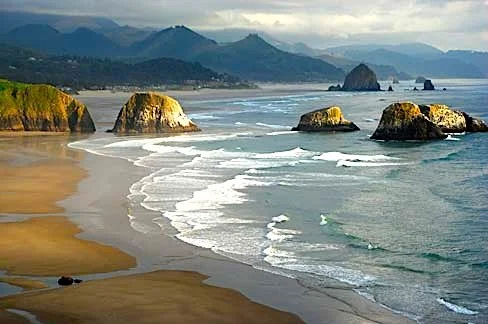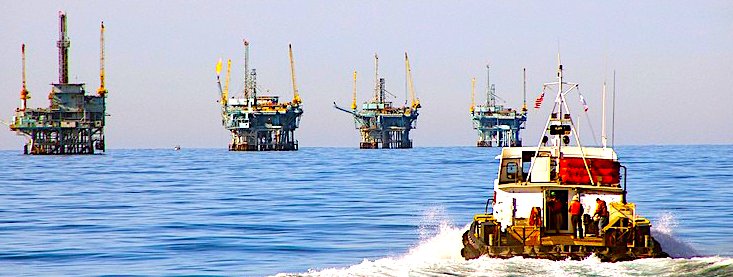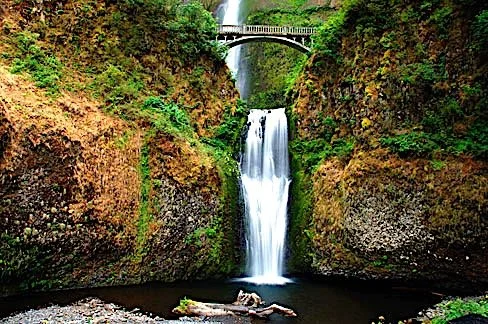Sort By Category
- 30x30
- Administration
- Antiquities Act
- Book Reviews
- Bureau of Land Management
- Climate Change
- Climate change
- Coasts
- Congress
- Counties & Federal Lands
- Courts
- Courts & Litigation
- Department of Agriculture
- Department of Interior
- Deserts
- Ecological Reserves
- Ecosystems
- Elections
- Endangered Species
- Energy
- Estuaries
- Federal Lands
- Fish
- Fish and Wildlife Service
- Forest Fires
- Forest Service
- Forestry
- Forests
- Grasslands
- Land & Water Cons. Fund
- Land & Water Conservation Fund
- Legislation
- Litigation
- Livestock Grazing
- Marine Protected Areas
- Marine Sanctuaries
- Mature & Old-Growth Forests
- Mining
- Nat'l Conservation Lands
- National Forest System
- National Marine Sanctuaries
- National Monuments
- National Monuments Act
- National Park Service
- National Park System
- National Parks
- National Recreation Area
- National Scenic Area
- National Trails System
- National Wildlife Refuges
Sort By Tag
- 1002 area
- 30x30
- 5th Amendment
- ANWR
- Acadia National Park
- Adam Smith
- Administrative Procedure Act
- Advancing Conservation and Education Act
- Alan Bates
- Alan Deboer
- Alaska
- Alaska National Interest Lands Act
- Alaska Native Claims Settlement Act
- Aldo Leopold
- American Forest Resource Council
- American Prairie Reserve
- American Tree Farm System
- American beef supply
- American black duck
- American woodcock
- Ammon Bundy
- Ancient Forest National Park
- Anders Eskil Carlson
- Andrea Salinas
- Andy Kerr
- Animal unit month
- Ansel Adams
- Antiquities Act
- Applegate Primitive Backcountry Area
- Aqua Fria National Monument
- Aquatic Conservation Strategy
- Aquatic Conservation and Riparian Strategy
- Arches National Monument
- Arches National Park
- Arctic National Wildlife Refuge
- Areas of Critical Environmental Concern
- Army Corps of Engineers
- Association of O&C Counties
- Astoria Canyon
- Astoria Fan
- Atlantic Coast
- Augusta Canal NHA
- Avarna Group
- Avi Kaw Ame
- BLM Conservation Rule
- BLM Zone 3 Lands
- BOEM Oregon Planning Area
- Baboquivari Peak Wilderness
- Baker County
- Bald Mountain Road
Bungling by the Bundys: A Sordid History of Defiance of the Rule of Law
The Bundy band represents both an existential threat and an existential opportunity for America’s public lands. This is the second of four Public Lands Blog posts that examine the government mishandling of the Bundys, the Bundys’ legal troubles, the Bundys’ legal troublemaking, and the opportunities for the conservation community to apply political jujitsu on Bundy et al. to advance the conservation of America’s public lands.
Bungling of the Bundys: A Postmortem Analysis of Government Incompetence
The Bundy band represents both an existential threat and an existential opportunity for America’s public lands. This is the first of four Public Lands Blog posts that examine the government mishandling of the Bundys, the Bundys’ legal troubles, the Bundys’ legal troublemaking, and the opportunities for the conservation community to apply political jujitsu on the Bundy gang to advance the conservation of America’s public lands.
Protecting the Pacific Northwest Offshore Ocean for This and Future Generations
There might be far more or far less oil and gas offshore Oregon and Washington than the Bureau of Ocean Energy Management has estimated (see last weeks Public Lands Blog post). In any case, we really cannot afford to find out, as the only prudent course is to Keep It in the Ground and out of the atmosphere. This means all fossil fuels, offshore and onshore.
US Pacific Northwest Offshore Oil and Gas: A Waste of Time, Ocean and Coast
The federal Bureau of Ocean Energy Management (BOEM) estimates there is an even chance that 0.4 billion barrels of oil and 2.28 trillion cubic feet of natural gas that are technically exploitable might be discovered under the Outer Continental Shelf offshore Oregon and Washington. At 2017 rates of consumption, this amount of oil and gas would fuel the United States for twenty and thirty-one days respectively, meaning the United States would convert to a carbon-free economy a month later than we otherwise will.
Defensible Space: The Best and Only Hope for the Homeowner In or Near a Forest
If one is going to live in or near a forest, one assumes a higher risk of fire. The best way to minimize that risk is to seriously and continually create and maintain defensible space. It’s not cheap. If it were, it would have been done already.
More Moral Hazard Than Fire Hazard: The Responsibility of Homeowners in the WUI
Soon after a wildfire, forests undergo a remarkable transformation. Large dead and remaining live trees, native plants, and seed sources act as “biological legacies” that “lifeboat” a forest from new growth to old growth over a period of decades to centuries. Biological legacies provide habitat for scores of pollinators, songbirds and woodpeckers, small mammals, and big game species that readily populate burn areas, including many species that thrive in them.





